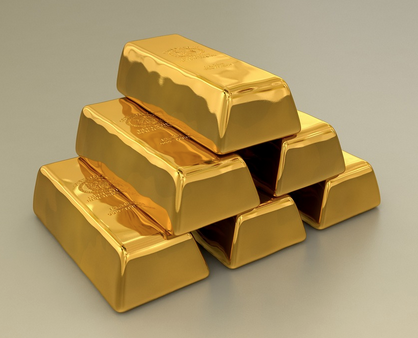by Fred Fuld III
While gold, silver, and copper bullion can add diversification to your portfolio, there are some drawbacks to consider:
- Storage Costs and Security: Physically holding these metals requires secure storage, which can be expensive,especially for larger quantities. Home insurance may not cover them, so you might need to rent a safe deposit box.There’s also the risk of theft if you store them yourself.
- Liquidity: Selling physical bullion can be slower than selling stocks or ETFs. You may need to find a buyer willing to pay a fair price, especially for copper which has a smaller market.
- Costs Associated with Buying and Selling: There are markups on buying bullion, and fees associated with selling it. These can eat into your profits, particularly for smaller investments.
For copper, there’s the added challenge of:
- Bulkiness: Copper is a dense metal. Storing large quantities can be impractical due to the weight and space required. Investing in smaller, more manageable amounts may not be very cost-effective.
- Limited Market for Reselling: Not all bullion dealers buy copper, and those that do may not offer competitive prices.
So if an investor wants to avoid the risks and volatility of mining stocks, what’s an investor to do?
Fortunately, there are commission-free ways of investing in bullion, with lots of liquidity.
The way to accomplish this is by buying precious metal Exchange Traded Funds.
The most popular one is the SPDR Gold Shares (GLD), which actually owns gold bars. The fund has $62.8 billion in assets and an expense ratio of 0.40%. It is up 12.3% year-to-date.
If you are looking for silver, there is the iShares Silver Trust (SLV). The trust has a net asset value of $12.9 billion and sports an expense ratio of 0.50%. The year-to-date return is almost double what GLD provided, generating 24.1%.
As for copper, there is no ETF that owns copper bullion directly. That bullion would take up a huge amount of space. However, there is the United States Copper Index Fund (CPER), which has an objective of tracking the price of copper using copper futures.
CPER is a very low cap ETF at $229 million, and carries a relatively high expense ratio of 1.o4%. The year-to-date return is 15.5%.
Most stock brokerage firms don’t charge a commission to invest in ETFs, making the precious metals ETFs a cost effective way to trade or invest in bullion.
So now you have a few options of getting into bullion with having to buy bars or coins directly.
Disclosure: Author has a long position in GLD.

